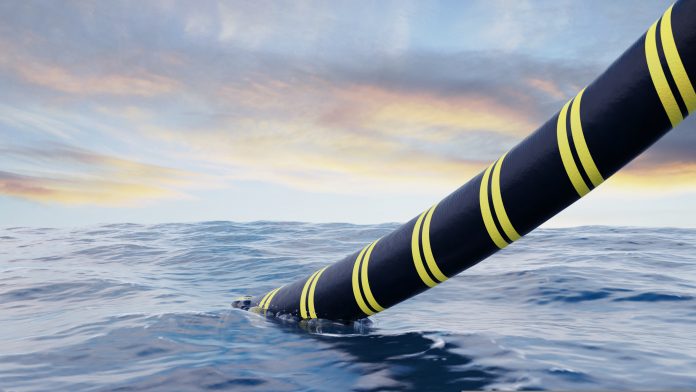The project of the second interconnector, also known as IC2, has reached another milestone as the procurement process for the installation of two shunt reactors and a transformer has been concluded following an evaluation process of the offers received through a public call.
AG Installations were recommended for award of this contract, valued at €20.3 million. Through this procedure a shunt reactor will be installed at each side of the interconnector, namely at Ragusa in Sicily and Maghtab, Malta. The purpose of the shunt reactors is to reduce the reactive power generated by the subsea and onshore cable, thus improving the efficiency in transmitting the energy from one source to the other. The interconnector will be operating at 220kV, thus, in order to step down this voltage to the levels of the Maltese connection point, a 220kV/132kV autotransformer will be installed at Maghtab.
Interconnect Malta (ICM), the entity leading this project, has also published a fourth tender. This relates to the Supply and Installation of 220kV Switchgear, Fire Suppression System and Construction of Fire Walls at Ragusa and the Upgrade of Control System. The estimated value of this tender is €12 million.
In June, ICM published another tender for the Manufacture and Installation of the Submarine cable, which incorporates the Fibre Optic Cables required to transmit the interconnector’s monitoring and control data.
ICM is also in the process of evaluating another tender forming part of the wider IC2 project for the manufacture and installation of the onshore cables, both in Malta and Italy.
All this work is being carried out in parallel with the Italian development permitting procedure, where last week, the Sicilian Regional Administration for the Environment gave a positive outcome to the project’s screening submission as part of the wider Authorisation process for the development of the project being coordinated by the Ministero dell’Ambiente e Sicurezza Energetica (MASE).
Following the award of the contract for the reactors and transformer, the issuance of the fourth tender for switchgear and works in Ragusa and Maghtab and the progress on the permitting side in Italy, Energy Minister Miriam Dalli thanked the team working on the project for their work.
ICM had started from a period of desktop studies, where project description statements were submitted to the relevant competent authorities explaining the nature of the project, possible impacts and the preliminary alternative routes.
The respective competent authorities then issued the terms of reference for the environmental requirements. To complete the EIA chapters, ICM conducted field studies and data gathering, both at sea and on land, through open tender procedures. Through these studies and reports, all the relevant competent authorities were able to propose mitigation measures which were integrated in the development permit application.
These field studies also served as data for the engineering design to be able to optimise the proposed route and issue these tenders that are either open for interested parties to submit their bid or are being evaluated. In collaboration with the Ministry, ICM also managed to obtain EU funds to partly finance the project.
“IC2 is a project central to the Government’s energy vision. The project will not only strengthen one of the sources in its energy mix but will also enable the country to improve its indigenous renewable energy supply. The project will allow Malta to move towards larger scale offshore RES as the interconnector can provide a buffer to counterbalance the intermittency of renewables. At this juncture, following the progress registered in the project, the closure of the evaluation process for the tender for the procurement of shunt reactors and transformer, and the successful acquisition of EU funds, I would like to thank the officials at MEER’s secretariat and ministry and ICM’s team for the dedication towards the project,” Minister Dalli said.
The second interconnector project will see the laying of a 122-kilometre, high-voltage alternating current electrical cable interconnection, including a 99-kilometre submarine cable, that will transition to land through two Horizontal Direction Drilling procedures.
“This is an important milestone for the IC2 project as it will lead to the manufacturing of the shunt reactors and transformer which have long lead times. Following the EU Commission’s intervention to accelerate the deployment of renewable energy, demand for such infrastructure exploded increasing considerably the supply lead time. We are thus very pleased to have attracted reputable companies to participate in our project. The project is a complex one which involves a lot of planning and coordination between different providers given that at one time, there will be cable laying works ongoing both onshore in Malta and Italy, offshore works with detailed surveys and the laying of the subsea cable, works involving the overall control system and the installation of the transformer and reactors,” Divisional Manager Dr. Inġ. Joseph Vassallo said.
This project is being co-financed by the European Union under the European Regional
Development Funding Programme 2021-2027.
![]()








